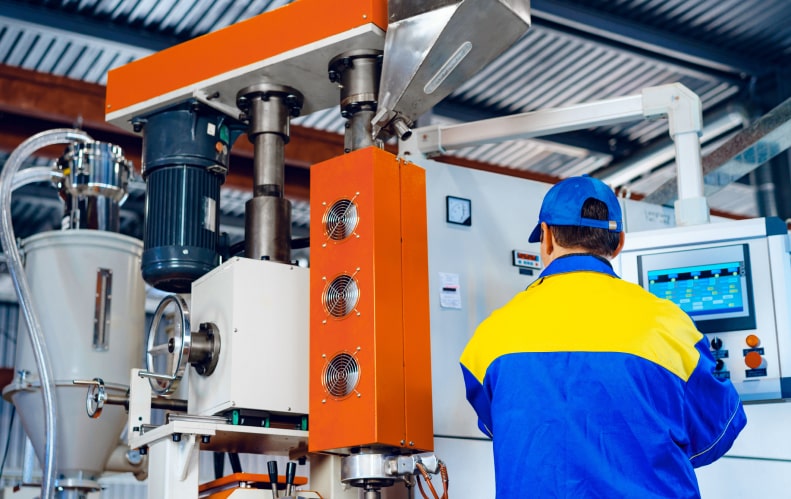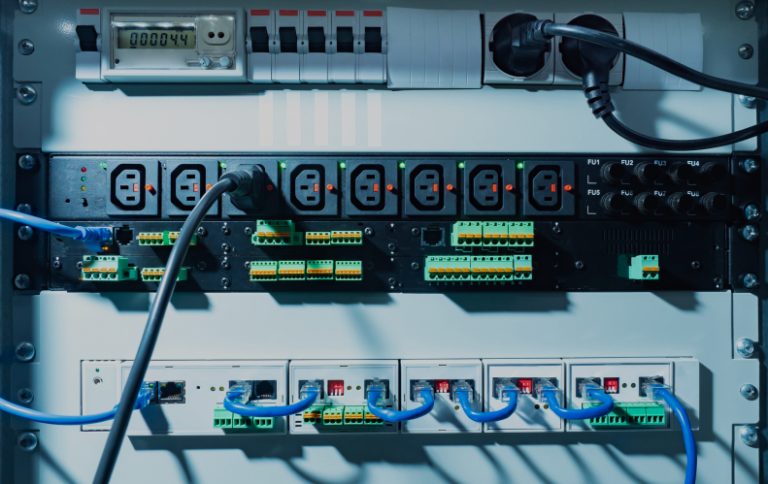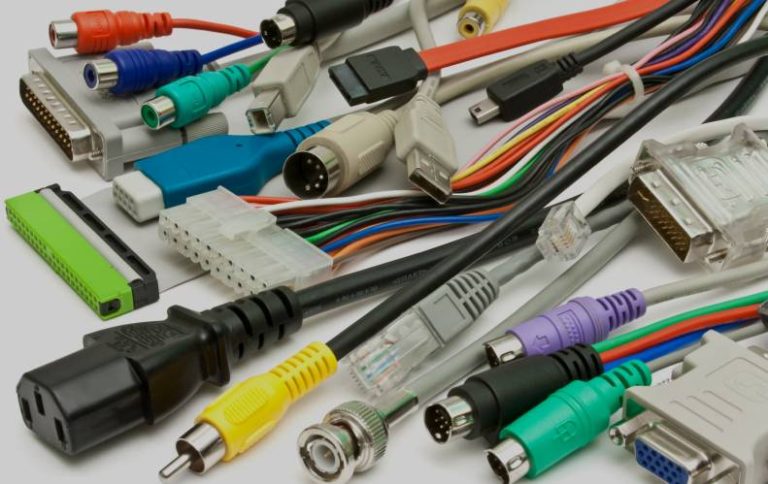Industrial operations rely on complex piping systems, machinery, and pressure vessels to transport and process fluids. However, leaks in these systems can lead to costly downtime, environmental hazards, and safety risks. Even minor leaks can escalate into major failures if not detected and sealed properly.
To address these challenges, industries use specialized tools such as isolation tools, leak sealing compounds, flange spreader tools, flange alignment tools, and hydraulic pumps. These tools help control leaks, ensure secure sealing, and maintain the integrity of industrial equipment.
In this article, we will explore the common causes of industrial leaks, essential tools for leak prevention and repair, and a step-by-step guide to effective leak management.

Common Causes of Industrial Leaks
Understanding why leaks occur is the first step in preventing them. Here are some of the most common causes:
| Cause | How It Leads to Leaks | Solution |
| Corrosion & Erosion | Exposure to chemicals, high pressure, and extreme temperatures degrades materials over time. | Use high-quality materials & regular maintenance |
| Improper Installation | Misaligned flanges and loose bolts create gaps for leaks to develop. | Use flange alignment tools before bolting. |
| Gasket & Seal Deterioration | High-pressure and temperature fluctuations cause seals to wear out. | Regularly inspect & use leak sealing compounds for quick fixes. |
| Mechanical Vibration & Stress | Heavy machinery and pipe movements loosen connections over time. | Secure flanges properly & use flange spreader tools for adjustments. |
| Pressure Surges | Sudden pressure spikes can cause joint failures. | Install isolation tools to control fluid flow during maintenance. |
Pro Tip: Regular inspections and using the right leak prevention tools can reduce maintenance costs by up to 40%!
Must-Have Tools for Leak Prevention and Repair
To effectively manage leaks, industries utilize specialized tools designed to isolate, seal, and secure leaking components. These tools not only enhance efficiency but also improve workplace safety.
Isolation Tools – Controlling Fluid Flow Before Repairs
Before attempting any leak repair, it is essential to isolate the affected section to prevent fluid escape and protect workers. Isolation tools are used to block or redirect flow without shutting down the entire system.
Benefits of Using Isolation Tools:
- Allows maintenance work to be carried out without complete system shutdown.
- Reduces fluid loss and prevents environmental contamination.
- Enhances worker safety by stopping high-pressure leaks before repair.
Common Isolation Methods:
- Line Stops – Used in pipelines to temporarily block flow.
- Pipe Plugs – Seals off sections during maintenance.
- Mechanical Isolation Devices – Used in high-pressure applications to prevent leaks.
Real-World Example: A petrochemical plant reduced downtime by 30% by implementing effective isolation tools before conducting maintenance on a leaking pipeline.
Leak Sealing Compounds – A Fast and Reliable Fix
For immediate leak containment, leak sealing compounds offer a quick and temporary solution. These compounds are applied directly to the leak area, creating a tight seal until permanent repairs can be made.
Types of Leak Sealing Compounds:
| Type | Application |
| Epoxy-Based Sealants | Bonds to metal surfaces for durable sealing |
| Polymer Sealants | Flexible and chemical-resistant |
| High-Temperature Sealants | Designed for extreme heat applications |
Leak sealing compounds are commonly used in pipelines, heat exchangers, and pressure vessels where immediate leak containment is required.
Flange Spreader Tools – Gaining Safe Access to Leak Points
When repairing leaks at flange connections, it is crucial to safely separate the flanges without damaging the components. Flange spreader tools help technicians gain access to gaskets and seals while ensuring even pressure distribution.
Why Use Flange Spreader Tools?
- Prevents flange damage by applying controlled force.
- Improves efficiency in replacing gaskets and seals.
- Reduces worker injury risks associated with manual prying methods.
Flange spreaders are essential in petrochemical plants, refineries, and power stations for safe and effective leak repair. Using the right flange spreader tool can reduce maintenance time by 50% compared to manual methods.
Flange Alignment Tools – Ensuring a Leak-Free Connection
Flange misalignment is a leading cause of leaks in industrial piping systems. Flange alignment tools help adjust and align flanges before bolting, ensuring an even and secure connection.
Advantages of Flange Alignment Tools:
- Reduces stress on gaskets and bolts.
- Ensures proper sealing, preventing leaks from uneven surfaces.
- Speeds up installation and maintenance work.
By using flange alignment tools, industries can avoid costly rework and improve sealing integrity.
Hydraulic Pumps – Powering Leak Prevention Tools
Many leak prevention and repair tools require hydraulic force to operate efficiently. Hydraulic pumps provide reliable power for tools such as hydraulic bolt tensioners, torque wrenches, and flange spreaders.
Why Are Hydraulic Pumps Essential?
- Deliver high-pressure power for heavy-duty applications.
- Improve tool efficiency and precision.
- Allow for remote operation in hazardous environments.
Hydraulic pumps are widely used in offshore platforms, shipbuilding, and industrial maintenance for leak repair and prevention.
Tip: Always choose high-quality hydraulic pumps to power tools efficiently and extend equipment lifespan.
Step-by-Step Leak Prevention Guide
To effectively prevent leaks, follow these essential steps:
- Conduct Regular Inspections: Use visual checks and ultrasonic testing to detect potential leaks early.
- Isolate the Affected Area: Deploy isolation tools to stop fluid flow and ensure safe repairs.
- Assess the Leak Source: Determine whether the leak is due to corrosion, misalignment, or gasket failure.
- Apply Temporary Leak Sealing Solutions: Use leak sealing compounds for emergency containment.
- Perform Permanent Repairs: Use flange spreader tools and flange alignment tools to replace damaged components.
- Test and Monitor the System: Use pressure testing and thermal imaging to verify the repair effectiveness.
Conclusion: Building a High-Performance Wireless Network
Effective leak prevention and sealing solutions are crucial for maintaining safe and efficient industrial operations. By utilizing tools such as isolation tools, leak sealing compounds, flange spreader tools, flange alignment tools, and hydraulic pumps, industries can prevent costly failures and ensure reliable system performance.
For high-quality industrial leak prevention tools and expert advice, visit Petracarbon. If you need assistance choosing the right tools for your application, contact Petracarbon today.
Stay leak-free, stay efficient!



